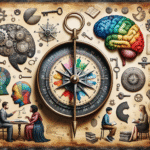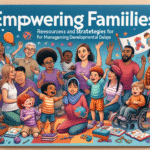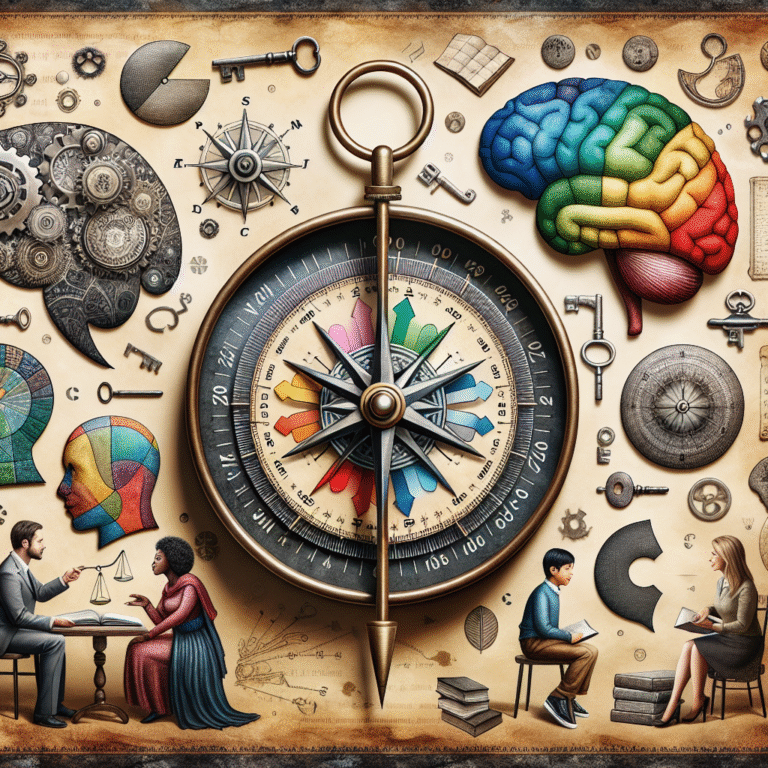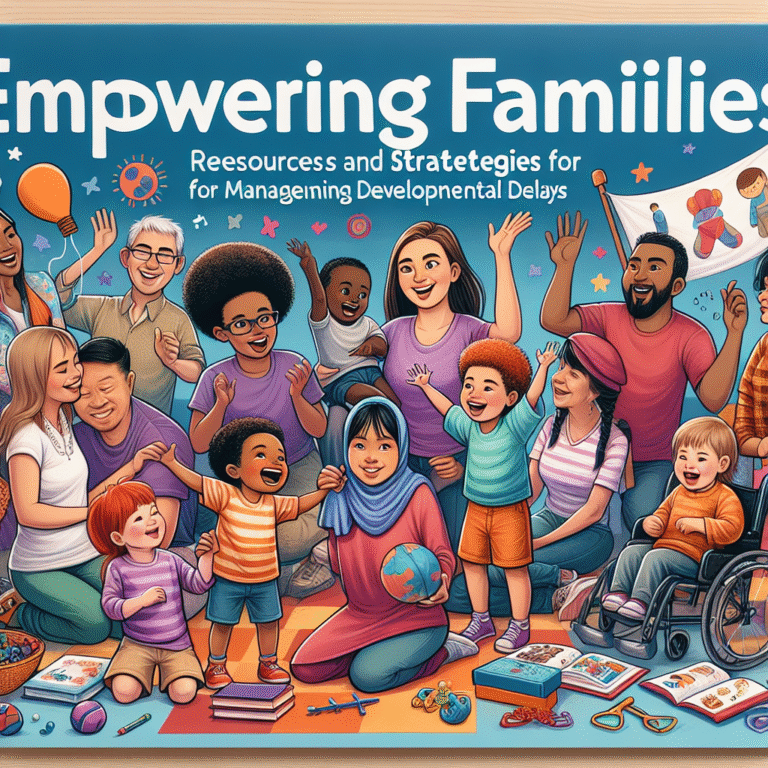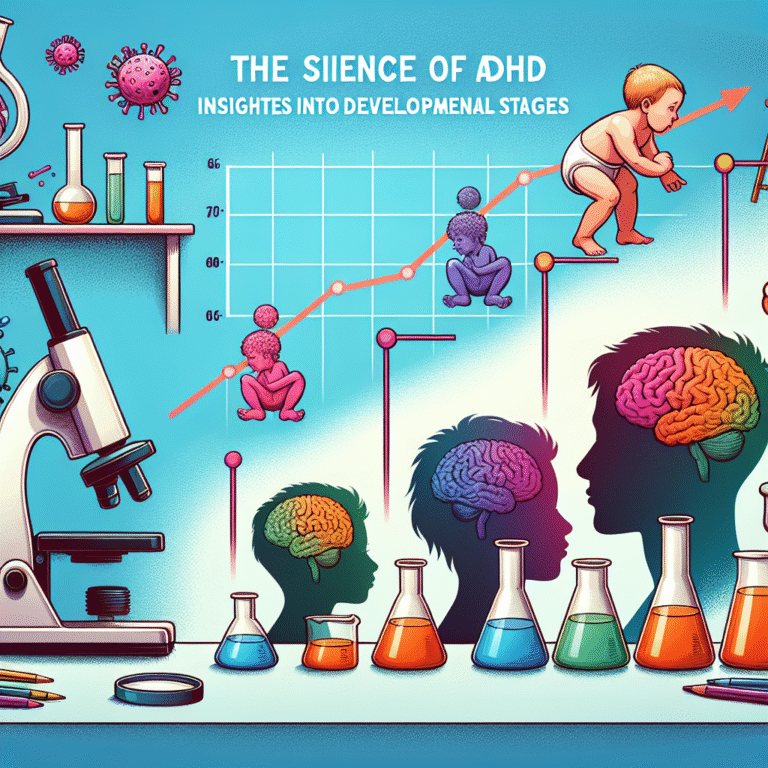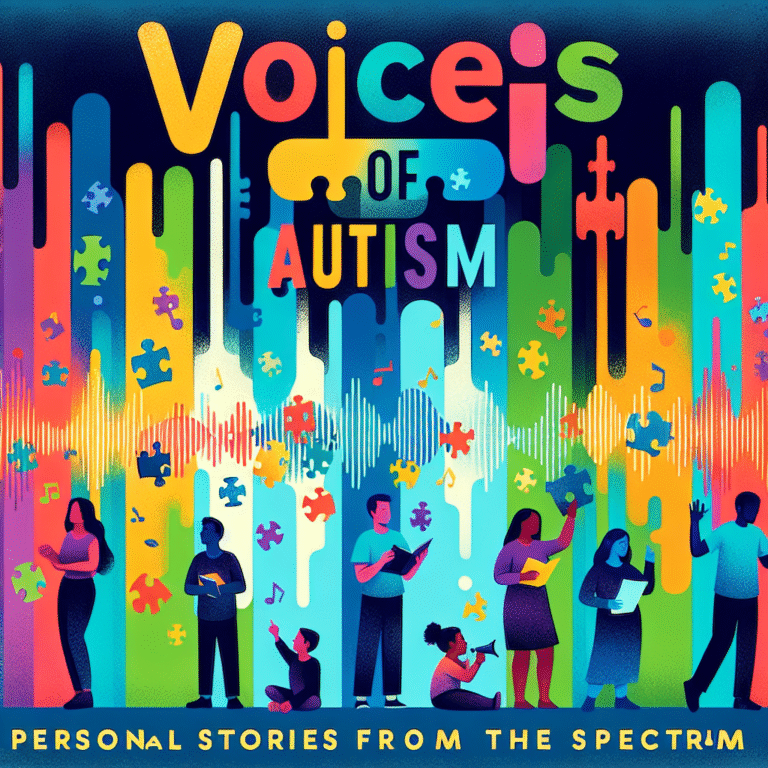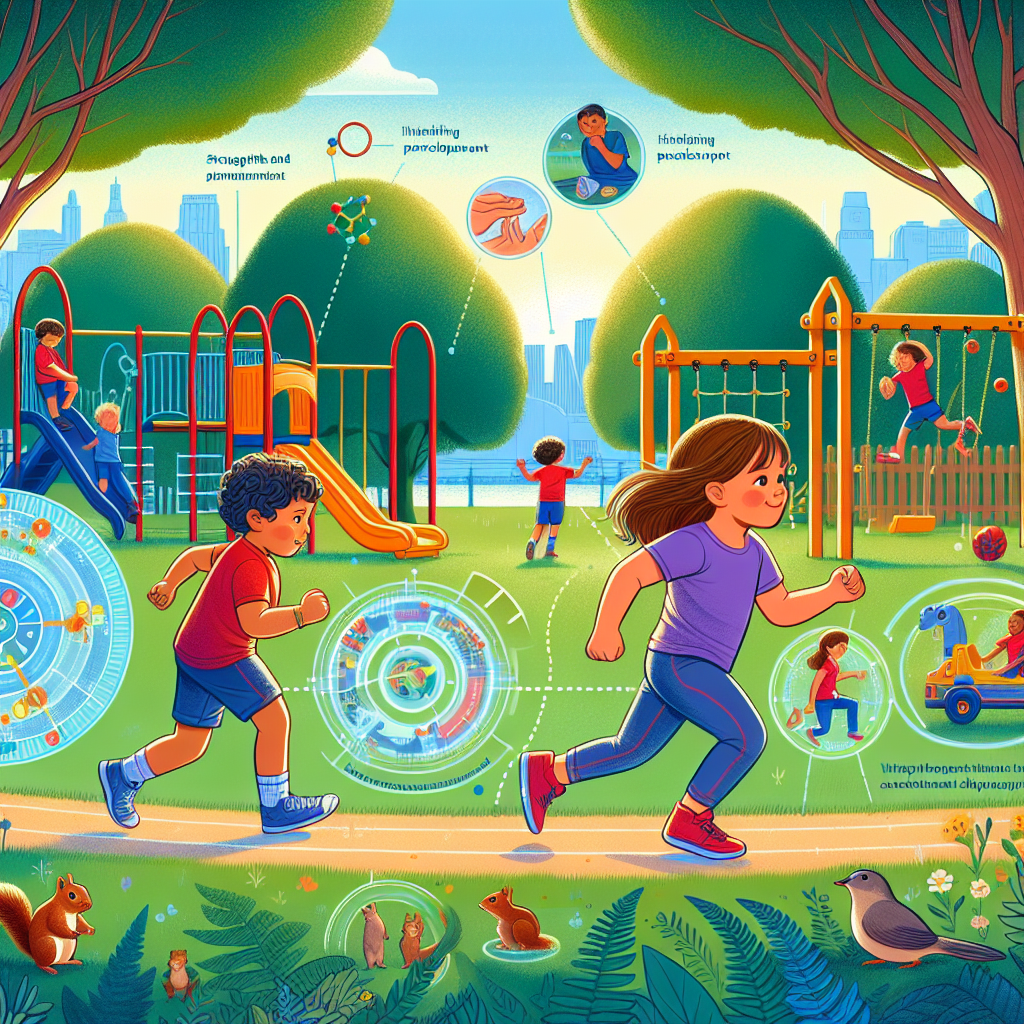
Introduction
In an age where screens dominate children’s attention and structured activities fill calendars, the importance of playtime is often overlooked. Yet, the impact of play on motor development reaches far beyond mere fun; it’s vital for holistic growth. From toddlers learning to crawl to children mastering bicycle rides, the experiences during play are foundational to physical, cognitive, and social development. In this article, we will explore the profound connection between play and motor skills, drawing on research, real-world case studies, and actionable insights, emphasizing why playtime matters for every child.
Understanding Motor Development
What is Motor Development?
Motor development refers to the progression of muscular coordination required for physical activities. This development is generally categorized into two types: gross motor skills and fine motor skills. Gross motor skills involve larger movements majorly performed with the arms, legs, or the entire body, such as walking, running, or jumping. Fine motor skills, on the other hand, involve smaller, more precise movements, such as grasping objects, writing, and using tools.
The Stages of Motor Development
Motor development can be segmented into several stages:
Infancy (0-12 months): This stage focuses on reflexive actions transitioning to voluntary control. The impact of play at this stage includes tummy time and reaching for toys.
Toddlerhood (1-3 years): As children learn to walk, they engage in more vigorous play—think running and climbing. Activities like playground time play a critical role in developing gross motor skills.
Preschool (3-5 years): Children start refining their skills through play that requires balance and coordination, such as riding tricycles or playing ball games. This is where the impact of play on motor development truly shines, fostering a sense of achievement.
- Early School Age (5-7 years): Children engage in more structured play through sports and complex games, focusing on teamwork and cooperation.
The Link Between Play and Motor Skills
Cognitive Benefits
Research shows that play fosters cognition, which in turn enhances motor skill development. Engaging in diverse play activities encourages problem-solving and strategic thinking. For instance, a study by Pellegrini and Davis (1997) illustrated that children engaging in outdoor play exhibited higher levels of focus and problem-solving skills when returning to structured tasks.
Emotional and Social Growth
Play is not just about moving bodies; it’s a window to emotional intelligence and social skills. Engaging in cooperative play teaches children to navigate conflicts, take turns, and understand the perspectives of others. These social constructs are intertwined with motor skills—skills like sharing a ball require both physical and social engagement.
Real-World Case Studies
Case Study 1: The Impact of Structured Playground Designs
A series of studies conducted in urban areas showed that children who played in well-designed playgrounds with diverse equipment demonstrated improved motor skills compared to those with limited play options. Children in these areas engaged more vigorously with swings, slides, and climbing walls, leading to enhanced gross motor development.
Analysis
The evidence suggests that accessible, varied play environments encourage active participation, thus supporting the impact of play on motor development and underscoring the importance of thoughtful urban planning for child development.
Case Study 2: The Power of Play in Early Education
A longitudinal study followed a group of preschoolers enrolled in a play-based curriculum compared to those in a traditional, academic-focused setting. The results indicated that children in the play-based program exhibited better motor skills, greater engagement in physical activities, and improved social relationships.
Analysis
The findings highlight that play isn’t merely a fun break in the learning process; it’s an essential component of effective education. Engaging children through play significantly enhances their motor development in a way that traditional teaching may not.
The Role of Parents and Caregivers
Encouraging Free Play
Parents play a crucial role in influencing the frequency and quality of playtime. Here are some actionable steps:
Limit Screen Time: Encourage outdoor activities and engagement in imaginative play. The American Academy of Pediatrics recommends limited screen exposure, advocating instead for imaginative playtime that facilitates motor skill development.
- Provide Diverse Play Options: From art supplies that promote fine motor skills to sports equipment for gross motor development, offering a variety of play options will help cultivate a love for movement.
Modeling Active Behavior
Children imitate adults. Showing enthusiasm for physical activities—be it hiking, dancing, or playing sports—provides a model for children to emulate and inspires them to engage in play that enhances their motor development.
Table of Key Insights
| Aspect | Gross Motor Development | Fine Motor Development |
|---|---|---|
| Activities | Running, jumping, climbing | Drawing, cutting, manipulating small objects |
| Critical Skills | Balance, coordination, body awareness | Grasping, writing, self-feeding |
| Play Types | Outdoor play, sports, physical games | Arts and crafts, building blocks, puzzles |
| Impact on Socialization | Team coordination, shared challenges | Turn-taking, collaborative projects |
Conclusion
The impact of play on motor development encompasses a rich tapestry of physical, cognitive, and emotional growth. By prioritizing enjoyable, engaging, and varied play experiences, caregivers and educators can provide the vital foundations for children’s lifelong success. Playtime is not just a luxury; it’s an essential ingredient for healthy development.
Encourage play, embrace creativity, and remember: every game, every obstacle course, and every shared laugh lays down essential neural connections that enhance both motor skills and overall well-being. Let’s not sideline play—let’s elevate it as a cornerstone of childhood.
FAQs
1. How much playtime should children have each day?
Answer: Experts recommend at least 60 minutes of active play for children each day, emphasizing the importance of various types of play for both gross and fine motor skills.
2. Can structured sports replace unstructured play?
Answer: While organized sports enhance specific motor skills, unstructured play is critical for overall development, cognitive growth, and creativity. Balance is key.
3. How does play influence social skills?
Answer: Play encourages children to engage with peers, teaching negotiation, empathy, and cooperation—essential components of social competence.
4. What role does outdoor play have in motor development?
Answer: Outdoor play offers diverse terrains and equipment, enhancing gross motor development through varied physical challenges compared to indoor play.
5. How can caregivers motivate children to play?
Answer: Create an inviting environment filled with options, such as sports gear, art supplies, and nature-inspired activities, while participating alongside them to show enthusiasm and encouragement.
By understanding and promoting the impact of play on motor development, we can cultivate a generation of healthy, skilled, and socially competent individuals. Remember, playtime matters—not just for today but for a thriving future.
